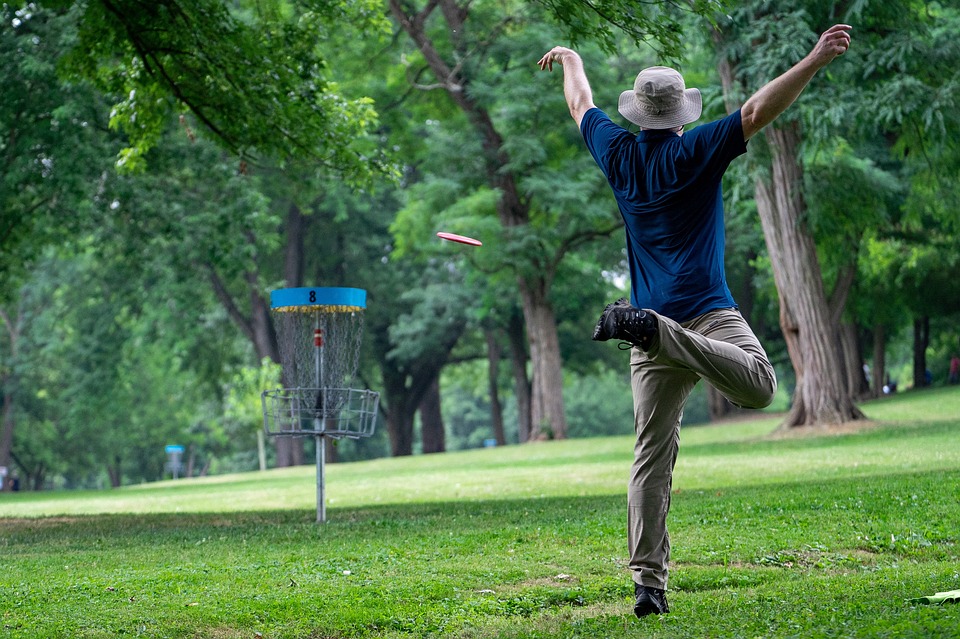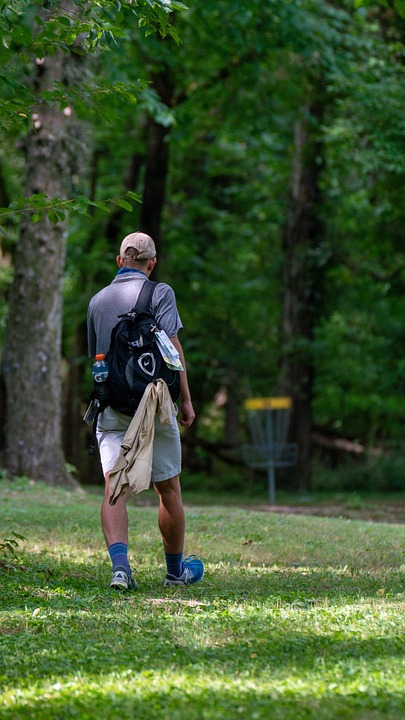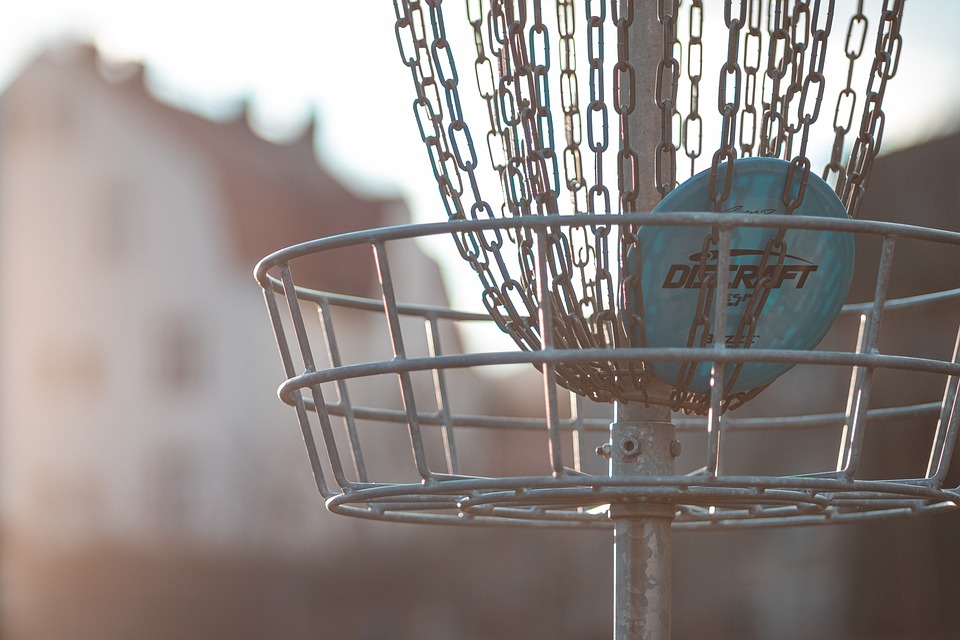Disc Golf – Richmond Review/Sunset Beacon
By Kinen Carvala
Most locals know about the nine-hole golf course at the west end of Golden Gate Park. Did you know there is another golf course hidden among the trees in the park? The Winter Olympics may be over, but you can still try out another kind of sport between 23rd and 30th avenues.
Disc golf has been gaining popularity over the years. In regular golf, a player strives to hit the golf ball from the tee to the hole in as few strokes as possible. Similarly in disc golf, a player throws a disc measuring about eight to 12 inches in diameter to a target in as few throws as possible.
At the 18-hole Golden Gate Park Disc Golf Course, the tees at the start of each hole’s play are flat concrete slabs. The targets are not holes, but baskets on poles connected to chains hanging from a hoop above. When a thrown disc flies successfully into the chains, it drops into the basket.
A lightweight disc can travel far but is easily affected by winds. A heavier disc can’t travel as far, but is less affected by winds, according to player Chris Bawden.
For some “holes” in disc golf, as specified on Golden Gate Park’s scorecards, the disc has to journey past a designated side of a particular tree. This is similar to having obstacles inserted in regular golf, like sand traps and ponds.
During the 1960s, Ed Headrick (1924 – 2002) worked at Wham-O, a toy company with roots in Southern California. He noticed that a flying saucer toy created by inventor Walter Frederick Morrison was not selling well. Headrick was inspired to create what was to become the Frisbee.
Headrick did not regard the Frisbee as a toy just for one person to play with alone, like Solitaire, but as a new socialization tool that could bring people together. Wham-O held the Frisbee trademark but did not perceive Headrick’s idea of “Frisbee Golf” as profitable. Other small groups in the U.S. also independently devised their versions of Frisbee Golf.
The Rose Bowl in Pasadena hosted the first World Frisbee Championships in 1974, sponsored by Wham-O, according to the Flying Disc Museum. The first champion was Victor Malafronte from Berkeley.
After Headrick left Wham-O in 1975, he trademarked “Disc Golf” and started the Disc Golf Association (DGA) in 1976 to manufacture equipment for the new sport. Headrick also brought disc golf players together through events in the Professional Disc Golf Association (PDGA) he founded in 1976. Soon the developing disc golf community confronted questions about what equipment should be allowed at PDGA tournaments. Should all discs played in an event have to meet certain baselines? Should any disc designs from Ed Headrick be accepted, in deference to his historical role in disc golf? Headrick relinquished control of the PDGA in 1984. Alex Williamson explained this confrontation in an article about the history of PDGA technical standards. The DGA and PDGA websites each provide their own versions of early disc golf history.
Disc golf later grew outside of the PDGA’s traditional base in the U.S. and Canada; 45 countries have disc golf associations affiliated with the PDGA or the World Flying Disc Federation (WFDF), which broadly covers disc golf and other disc sports. The PDGA and WFDF plan to showcase disc golf as a demonstration sport at the 2022 World Games, where athletes in non-Olympic sports regularly compete every four years. This year’s World Games in July will be in Birmingham, Alabama. Disc golf was an official competitive sport at the 2001 World Games in Japan.
When Victor Malafronte advocated for disc golf courses in the Bay Area in the late 1970s on a Berkeley Channel 7 News broadcast, one of the locations he suggested was McLaren Park, in southeastern San Francisco. In the late 1990s, Greg Quiroga of San Francisco didn’t want to have to drive to Berkeley to play at the nearest disc golf course. He also wasn’t content with just throwing discs in generic fields or forests at the Presidio. He founded the San Francisco Disc Golf Club to organize support for a local disc golf course. San Francisco declined to fund a 1999 proposal for a 27-hole disc golf course in McLaren Park. (The 18-hole Gleneagles Disc Golf Course in McLaren Park opened later in 2017.)
Through disc golf demonstrations at public athletic events and Quiroga driving to Northern California disc golf tournaments to recruit new San Francisco club members, the club grew and gathered more support for its next disc golf course proposal. There is more about Quiroga’s story in the second half of the 2021 podcast “Roots Of Flight: Local Clubs — The Lifeblood of Disc Golf.” In September 2003, the SF Recreation and Park Commission officially started a trial period for a pilot disc golf course at Marx Meadow in Golden Gate Park.
The course had its grand opening on March 31, 2007, with the help of $50,000 in public donations plus 4,000 hours of volunteer labor (SF Chronicle, March 29, 2007). The courses in Golden Gate Park and McLaren Park are both listed in the PDGA’s online course directory.
The San Francisco Disc Golf Club regularly organizes play at the Golden Gate Park course on Sunday mornings; go to sfdiscgolf.org for details.
Watch out for discs flying toward you when visiting the course!
From 30th Avenue and JFK Drive, walk 1,000 feet east along JFK Drive to the first large clearing on your left (north), Marx Meadow. A bulletin board has the course map, and the tee to start the first hole is by the paved path running through Marx Meadow, several yards east of the board.





